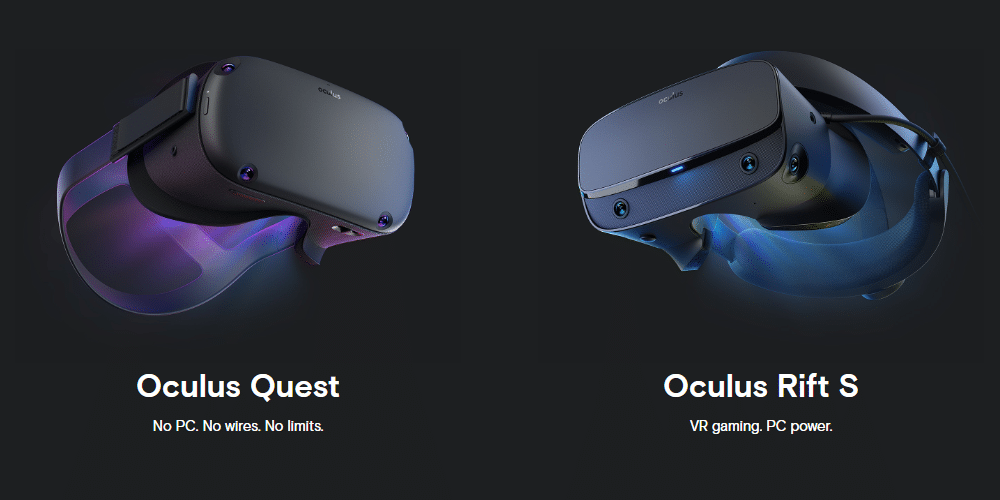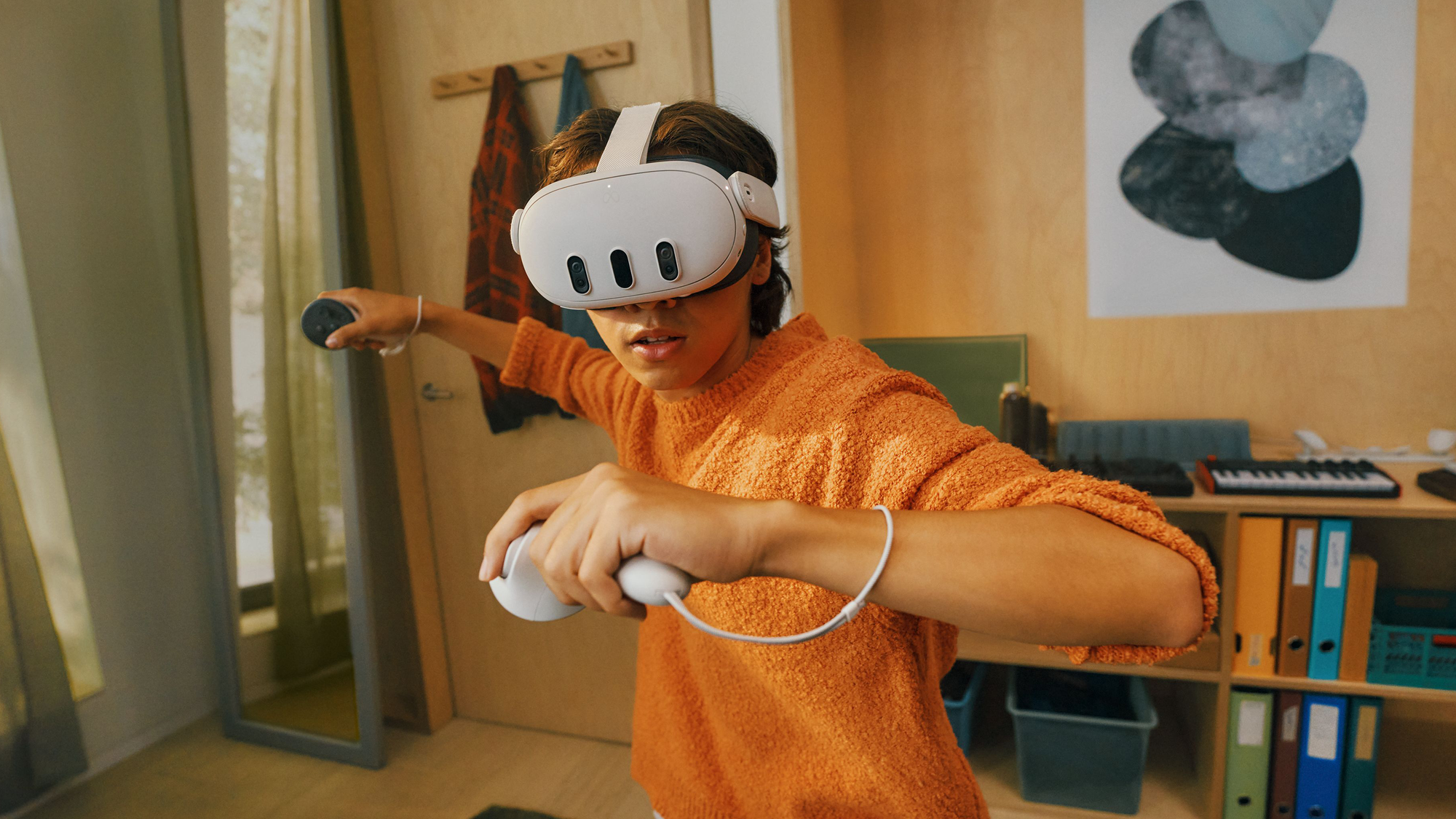Meta confirmed that Quest 3 owners have higher retention than owners of its previous headsets.
Industry speculation and analysis often focuses on headset unit sales, but what really matters to both Meta and developers is how many buyers actually regularly use the headset instead of leaving it on a shelf or in a drawer. By March 2023 Meta had sold nearly 20 million Quest headsets, and in October 2022 6.37 million owners reportedly actually used their headset that month.
At GDC 2024 this week Chris Pruett, Meta’s “Director of Content Ecosystem”, advised developers that Quest 3 owners return to continuously use apps at a higher rate.
Back in 2019 John Carmack said that the original Oculus Quest, which had launched 4 months earlier, had higher retention than any previous headset, including the PC-based Rift and Rift S.

There are a number of possible explanations for Quest 3’s higher retention, and the answer may even be a combination of multiple.
It could be due to the higher quality of experience delivered by the pancake lenses and more powerful chipset. Apps and games load slightly faster, look sharper and clearer, and often run at higher refresh rate, meaning they feel smoother and have less chance of making the user feel sick.
It could also be due to the improved passthrough. Quest 3’s passable quality color view of the world lets owners interact with and stay aware of their surroundings without taking the headset off, and makes using the browser and watching YouTube more widely appealing.
There could also be a degree of selection here. People who are more engaged with VR are more likely to upgrade to Quest 3, and people who are willing to spend $500 or $650 on a headset may be more likely to continue to use it than those who paid much less.
Regardless of the reasons, this news is evidence that the retention problem is not inherent to XR headsets, and improved hardware over time can solve it.






